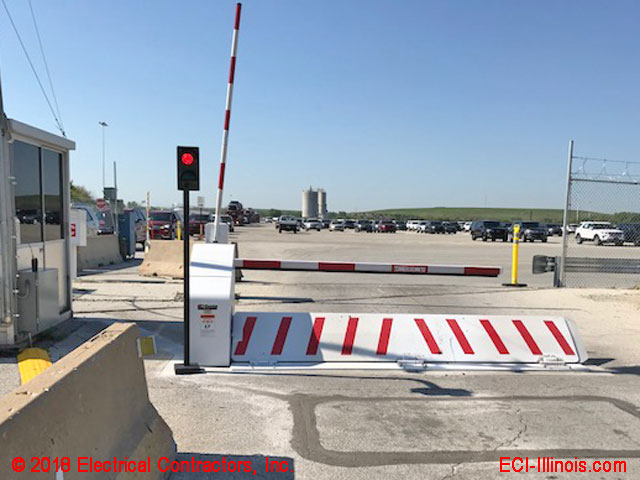An Unbiased View of Wedge Barriers
Table of ContentsIndicators on Wedge Barriers You Need To KnowAbout Wedge Barriers


18 might be done faster, easily, and expense properly. FIG. In particular personifications, the anchor 30 might be a steel structure including plates, light beams(e. g., I-beams ), and/or various other structures that are safeguarded within the structure 14, which may be concrete. At the surface area 12, a top side 28 of the support 30 may be at the very least partly exposed
, thereby making it possible for the add-on of the barrier 10 to the anchor 30. g., threaded holes)in one or more beams or plates of the support 30 may be subjected to the surface area 12. In this way, screws 32 or other mechanical fasteners might be made use of to secure the obstacle 10 to the support 30. As the obstacle 10 is installed to the surface 12 of the foundation 14, collection of debris and various other material below the barrier might be reduced, and components of the bather 10 might not be revealed to below grade settings. As suggested by referral numeral 52, the training device 50 consists of elements disposed underneath the wedge plate 16. The components 52 under the wedge plate 16 might include an electromechanical actuator, a camera, one or even more web websites cam surfaces, and so forth. Furthermore, the lifting device 50 consists of a springtime assembly 54
The springtime rod 58 is coupled to a camera(e. g., cam 80 received FIG. 4) of the lifting system 50. The springtimes 60 disposed concerning the spring rod 58 are kept in compression by spring supports 62, including a pop over to this web-site repaired spring support 64. That is, the fixed springtime support 64 is repaired about the structure 14 and the remainder of the bather 10.
The Ultimate Guide To Wedge Barriers
The continuing to be pressure used to
the cam web cam deploy the wedge plate 16 may might provided given an electromechanical actuator 84 or other actuator. The springtime assembly 54 and the actuator 84(e. Wedge Barriers. g., electromechanical actuator)might operate with each other to translate the web cam and raise the wedge plate 16.
As stated over, in the deployed position, the wedge plate 16 serves to obstruct access or traveling past the barrier 10. The barrier Recommended Site 10(e. g., the wedge plate 16 )might block pedestrians or lorries from accessing a building or path. If a vehicle is taking a trip towards the released wedge plate 16(e. For instance, in one scenario, the safety legs 86 might be expanded throughoutmaintenance of the barrier 10.